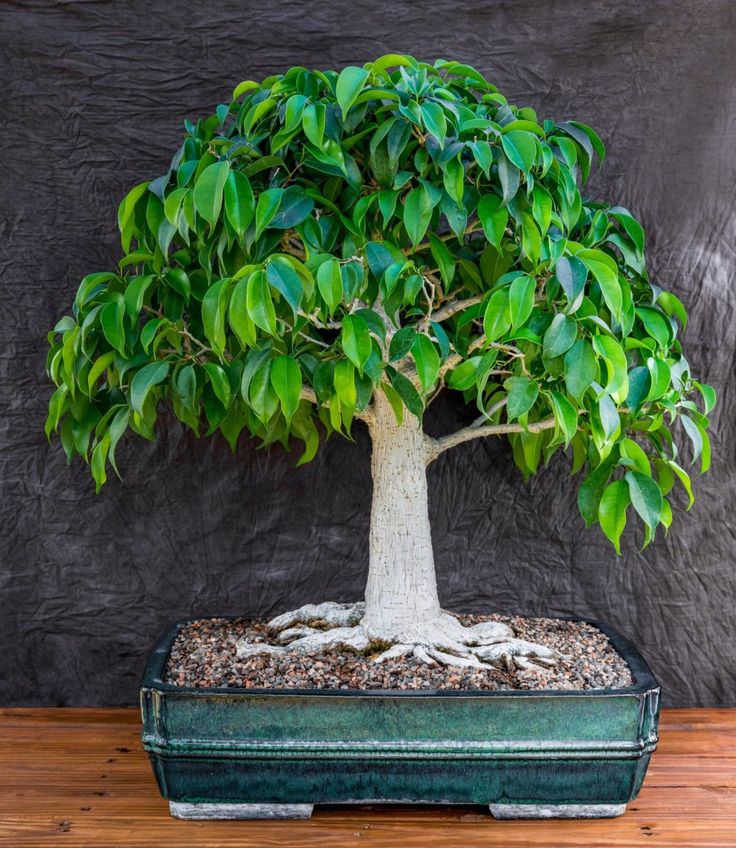`
At Sekai Bonsai, we believe every tree tells a story. But where is that story meant to unfold—indoors or outdoors? The term indoor bonsai suggests that some trees are made for life inside the home. In reality, it’s not quite that simple.
The Outdoors Is Their Origin
Bonsai are trees. And trees live outside. They are used to wind, rain, sunlight, and the rhythm of the seasons. For classic species like maple, pine, beech, or larch, that outdoor life is essential. They need winter cold to rest and rebuild energy for spring. These are true outdoor bonsai—they belong outside all year round.
So What We Call “Indoor Bonsai”...
…are actually tropical or subtropical trees that wouldn’t survive our winters. Think of species like:
- Ficus (retusa, ginseng, microcarpa)
- Schefflera arboricola
- Portulacaria afra (elephant bush)
- Carmona microphylla (Fukien Tea)
- Serissa foetida (“Tree of a Thousand Stars”)
- Sageretia theezans
These species come from warm climates. They aren’t frost-hardy, so we keep them indoors—in a warm, bright space, protected from the cold. Not because they truly belong inside, but because it’s the only way to keep them alive in our environment.
How to Care for a Tropical Bonsai Indoors
A tree indoors needs a bit of extra care. Here’s how to keep it healthy and thriving:
Light
Place your bonsai in the brightest spot you have, ideally by a south-facing window. If your home has little sunlight, a grow light is a good investment.
Watering
Feel the soil daily. If the top layer is dry, it’s time to water. Use soft water if possible, and make sure water can drain freely—don’t let it sit in the bottom of the pot.
Humidity
Our homes are often too dry, especially in winter. Place your tree on a humidity tray with moist pebbles, or mist it gently on a regular basis. Tropical species prefer 50–70% humidity.
Soil and Nutrition
Use a well-draining, airy bonsai mix with ingredients like akadama and lava rock. During the growing season (spring to autumn), fertilize regularly—small amounts, but often.
Repotting
Tropical bonsai can be repotted every 2–3 years, preferably in early spring. At the same time, prune some roots to keep the tree compact and strong.
Tools & Maintenance
With quality tools, your work becomes not only neater, but also healthier for the tree. A concave cutter, wire pliers, and fine scissors are your best allies.
Watch for Signs
Yellowing or drooping leaves often point to too little light or improper watering. Keep an eye out for pests like spider mites or aphids as well—inspect your tree regularly.
In Closing
“In-door bonsai” is not a true botanical category—it’s simply a way of keeping certain trees alive in our climate. At Sekai Bonsai, we believe it’s important to be honest about that. A bonsai is alive—and deserves a place where it can breathe, grow, and shine.
Do you have questions about which species might suit your space? Drop by, send us an email, or share a photo of your room. We’re happy to think along with you—with care for both tree and human.
